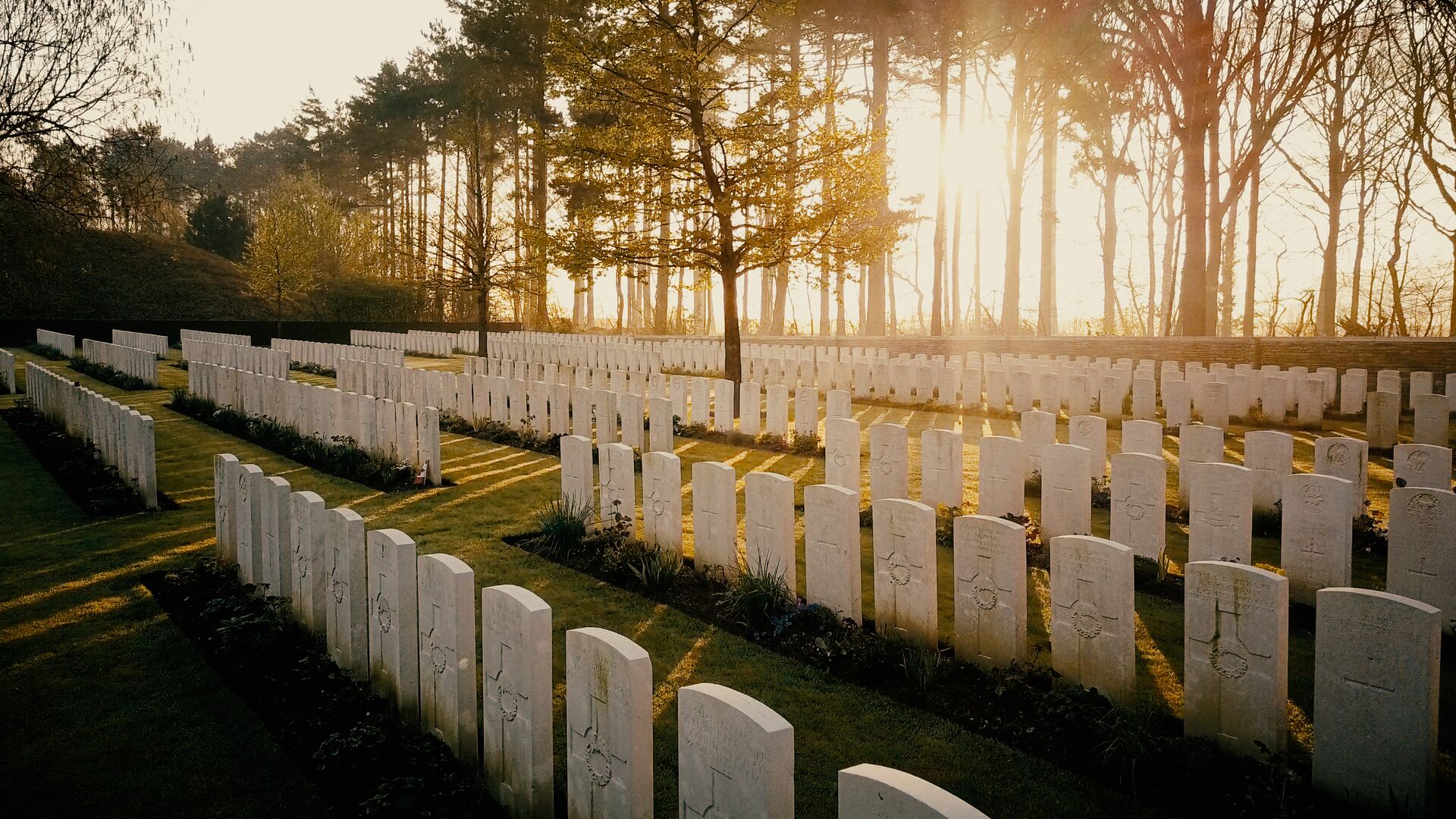Over the course of the four horrific years of the First World War, hundreds of thousands of soldiers fought in the muddy and shelled landscapes that are now known as Flanders Fields. Today, thousands of those men still rest in Flanders Fields, Belgium, far from the homelands they were raised in. They are remembered in the monuments, cemeteries, and places of learning that serve to commemorate their sacrifices.
Whether you have a family connection to the Great War or are simply interested in learning more about WW1 history, here is why a journey through Flanders Fields during your trip to Europe will honour the memory of those who fell and ensure their stories are not forgotten.
What can I visit in Flanders Fields?
If you are interested in visiting Great War sites in Flanders Fields that connect you to soldiers from your home country, these itineraries can help you plan your journey.
How long would I need to explore Flanders Fields?
Depending on your interests, whether you are visiting to remember a relative, and the length of your overall trip in Europe, a lot of factors contribute to the decision of how much time to spend in Flanders Fields.
A trip of about two nights is sufficient for many, as this allows for time to explore the area with a personal guide, or to book onto a guided tour. It also gives enough time to ensure that you get to pay your respects during the Last Post at the Menin Gate at least once.
For those who have a family connection to the area, at least two full days on the ground (three nights) will allow a little more time and flexibility in your schedule to follow in the footsteps of your ancestor. It allows you the chance to explore the region and key sites at your own pace. As Flanders Fields is a very emotional destination for visitors, many appreciate a little extra time to reflect and spend as long as needed at cemeteries, memorials and battlefields.


